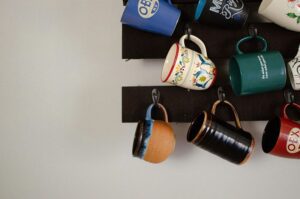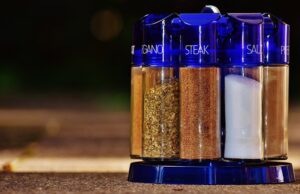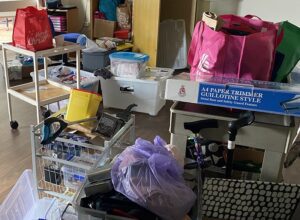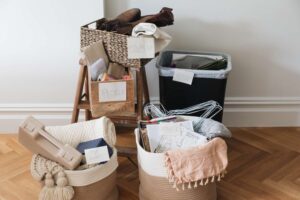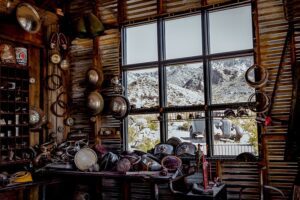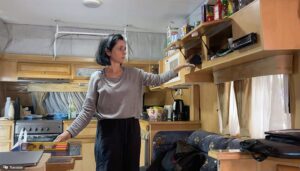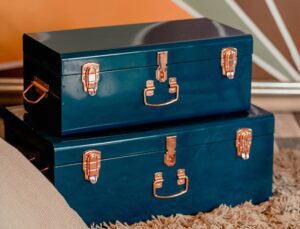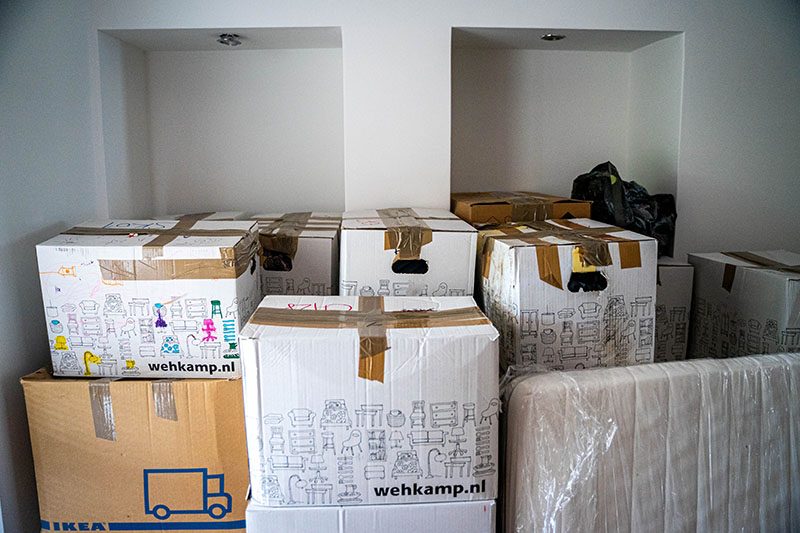
Shifting house is said to be one of life’s most stressful events. Here are some hacks to make it easier.
1. Declutter first. Don’t waste your time and money shifting unwanted stuff. Now’s the time. Start the decluttering process as early as possible. If you are selling your home, declutter before your photos and Open For Inspections. Your house will look amazing. Have a look at this property styling post.
2. Even if you can’t declutter thoroughly, organise! Put like with like. Get items in their correct zones so that they are packed in a way which makes unpacking so much easier. Avoid DOOM boxes.
3. Take photos of the rear cord setups of modems, TVs etc, for easy installation at your destination. We have all been there, proclaiming “I’ll remember” and “I got this”. Well believe me, you won’t and you don’t. Shifting house is difficult enough, so you may as well spend an extra 10 seconds now to make it less awful. You won’t regret it. When you get to your new abode, plug in, feet up, pour yourself a cold one and you can numb the pain and binge watch your comfort show right away. Thank me later.
4. Bag up the contents of each kitchen drawer separately, and label each bag with the drawer number. Easy to dump them back in at the other end. Do it for future you.
5. Wardrobe clothes can be left on the hangers. Group in tens or so then stick a bin bag over each group with the hooks poking through and tape up the bottom. They stay protected but take seconds to rehang at the other end. You can even leave them bagged up in the new place until you need them. And here’s a decluttering strategy – if they stay bagged/unused for a year they go to the op shop. But more about that technique another time.
6. Label every box with room and rough contents. Next level is to also colour code for each room. Do this by using different colour tape, or coloured pieces of paper on the boxes. Blue for your bedroom, pink for your daughter’s, yellow for the kitchen, etc. Don’t worry about who owns it, just the destination room.
7. If there are unpacked boxes from your last move, seriously think about donating them rather than lugging them around again.
8. Don’t stress about what to do with the important things you need right up until you leave. For example the kettle, teabags,, toothbrush, phone charger, PJs, toilet paper, cheeky bottle of red, etc. They get their own box/es at the end. Label those ones as ‘important‘ and make them a bright colour you’ll remember. Include a bedding set for each bed in this arrangement. You’ll be looking for them. Besides these few essentials, do not make up ‘miscellaneous’ boxes. They are a nightmare at the other end.
9. When unloading from the truck, put the boxes in the correct rooms immediately. (You did label and colour-code them, right?) The ‘important’ boxes can go straight to your new home’s head office, in other words your kitchen or main living room.
10. Then unpack your ‘important‘ boxes fully, pour yourself a cuppa/vino and just breathe for a minute. Appreciate your new space, all the effort it took to get there and all the possibilities.
11. With your decluttered boxes in the correct rooms, you can gradually go through each room over the coming days. Start with the most urgent, usually the kitchen if you are like me. As well as being the hub of all things edible, the kitchen is the heart of the home. It is a good starting point to radiate out from.
Shifting house is no easy job. Unpacking might take you hours, days or weeks. But with everything in predictable rooms and roughly labelled, you can find most of your stuff in the meantime.
Shifting house mission complete.
Other tips:
- Rather than wrapping every single plate and mug, you can usually get away with doing every second. Use face washers and tea towels if you run out of bubble wrap.
- Source and give away shifting boxes via your local Good Karma or Buy Nothing networks.
- Try to get boxes of uniform size to make packing and stacking easier.
- If not, put heavier items like kitchenware in smaller boxes to avoid weight and breakage issues.
- Consider labelling each box with a number and have a master sheet outlining the room destination and rough box contents for each number. This is great for identifying any missing boxes immediately, rather than wonder in 3 months where your costume jewellery is.


